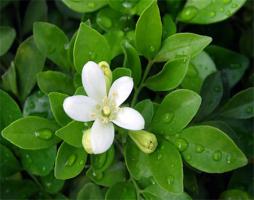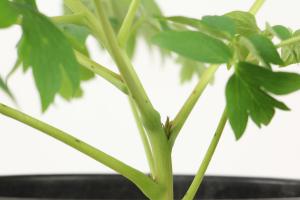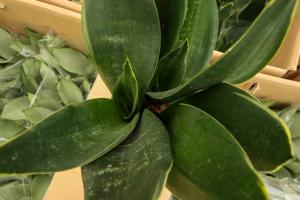How to Support Newly Planted Trees
Planting new trees is a great way to add beauty and value to your property, but it's important to make sure your trees are well-supported as they grow. Young trees may be vulnerable to weather, pests, and other environmental factors, so it's important to take steps to support them through their early stages of growth. Here are some tips on how to support newly planted trees:
1. Stake your trees
Staking your trees is a simple and effective way to keep them upright and stable as they grow. When planting a new tree, you should install one or two sturdy stakes on either side of the trunk, and then tie the trunk securely to the stakes using flexible rubber ties. Be sure to leave a small amount of slack in the ties to allow for growth, and check them periodically to ensure they're not too tight or damaging the trunk.
2. Mulch around the base of the tree
Mulching can help protect your tree from weeds, retain moisture in the soil, and regulate soil temperature. When mulching your tree, be sure to spread a layer of organic material around the base of the tree, taking care not to pile it up against the trunk. The mulch should have a depth of 2-3 inches and should extend out to the tree's drip line.
3. Water your trees regularly
Newly planted trees need regular watering to establish their roots and survive their first few seasons. Be sure to water your trees deeply at least once a week, taking care to avoid over-watering, which can lead to root rot. If your area is experiencing hot or dry conditions, you may need to water your trees more frequently.
4. Prune your trees as needed
Pruning your trees can help to remove damaged or diseased branches, improve airflow and sunlight, and create a more aesthetically pleasing shape. When pruning your trees, be sure to use clean, sharp tools and follow recommended guidelines for the species of tree you are pruning. Avoid over-pruning, which can stress the tree and impair its growth.
5. Monitor your trees for pests
Various pests and diseases can pose a threat to young trees, so it's important to monitor your trees regularly for signs of damage or infestation. Look for signs of wilted leaves, peeling bark, or abnormal growth patterns, and take action promptly if you suspect a problem. Consult with a certified arborist or horticulturist for guidance on how to treat specific pests and diseases.
Conclusion
Supporting newly planted trees requires a bit of effort, but the rewards of doing so are numerous. By staking your trees, mulching around the base, watering regularly, pruning as needed, and monitoring for pests, you can help to ensure that your trees thrive and provide beauty and value to your property for years to come.

 how many times do yo...
how many times do yo... how many planted tre...
how many planted tre... how many pine trees ...
how many pine trees ... how many pecan trees...
how many pecan trees... how many plants comp...
how many plants comp... how many plants can ...
how many plants can ... how many plants and ...
how many plants and ... how many pepper plan...
how many pepper plan...






























